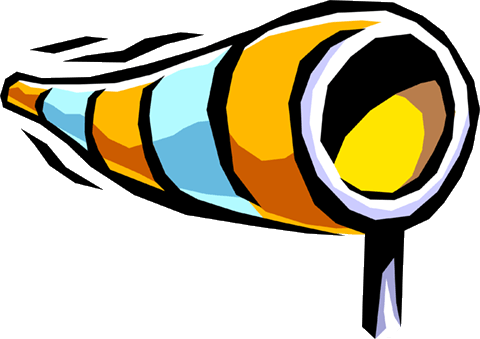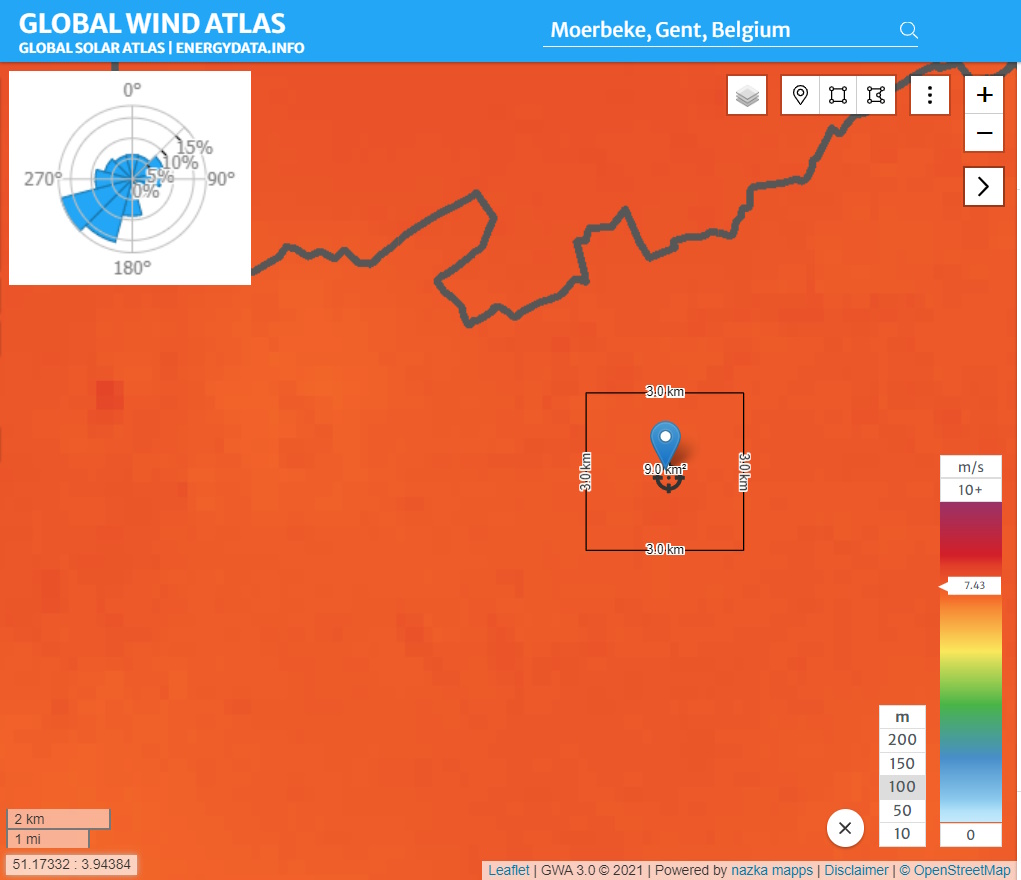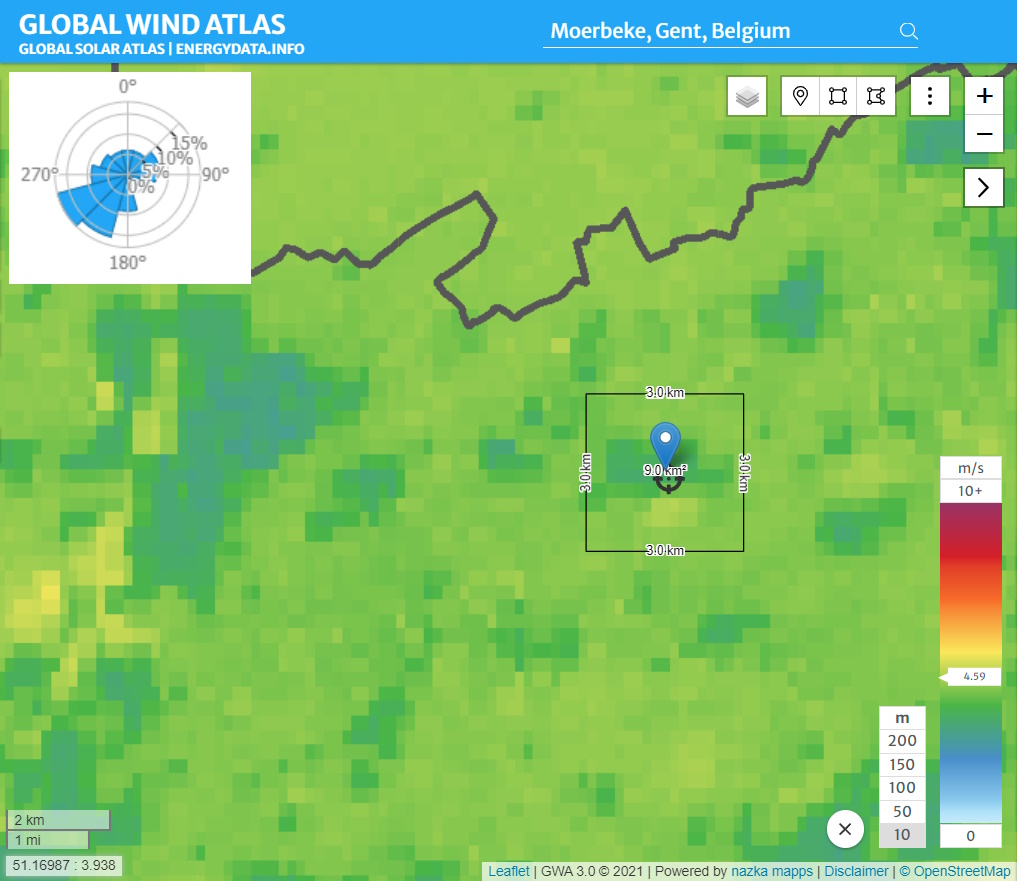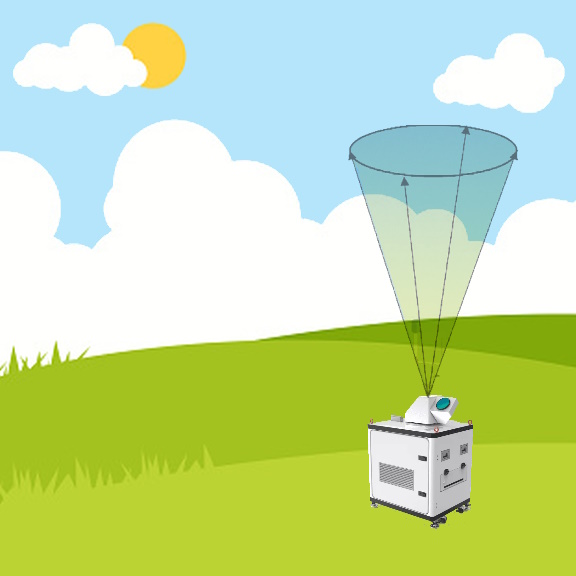Wind is key for any wind turbine. Without the necessary wind at the location of the turbine the blades are not spinning and the generator will not produce (sufficient) power. It is therefore essential to know about the wind (speed and direction) as accurately as possible. This is the reason why wind measurements are indispensable, especially for wind turbines which are operating at lower heights.
How long do we have to measure? Wind varies seasonally, we often have a significant difference in wind speeds in winter as compared to summer. Optimally, we would therefore like to measure for a full year. This is, however, practically difficult and would also be too expensive so that the purchase of a wind turbine is no longer viable. A period of 3-6 months is therefore often recommended, ideally during the winter season.
Wind atlas and maps

But are these measurements not yet available? Yes and no! Yes, measurements (or simulations based on measurements) are available for larger heights (typically 100m and higher). They are shown e.g. in a wind atlas or in online map tools and provide information about wind speeds, directions, and distributions. And no, for smaller heights and in built environments, these tools are unreliable and should only be used for a very first estimation, but not as a basis for purchasing a wind turbine.
An example: we have used the Global Wind Atlas to show wind speeds and principal directions for the location of our company. The images below show the results for 100m height (on the left) and 10m height (on the right). The wind direction is shown by a wind frequency rose on the top left of each image.
From the images we can see that the average wind speed per year is about 7.5m/s for 100m height and about 4.5m/s for 10m height. The principal wind direction is Southwest (meaning that wind most often comes from this direction).


You will also see that the minimum square when entering a location is an area of 3x3km. Whilst this is sufficient for larger heights, it is far too large to consider local effects from buildings and vegetation like in cities or villages.
Type of measurements
Wind measurements should ideally be performed at the location of the wind turbine and at the height of the spinning blades. These parameters are often not known at the time of measurements, and it is therefore best to a) measure at different locations, and b) at different heights.
Typically, there are two principal ways of measuring the wind, either classical met masts or laser-based measurements. The systems are explained in the following, together with their key advantages and disadvantages.


Classical met masts are masts with meteorological measurements (wind, rain, humidity, temperature, etc.) installed on top. In simple versions, they can also only have wind vanes and anenometers (wind speed measurements) on top. Typical installations are 10m high, but large masts are also used (e.g. 50m). Depending on their height, they measure at one height only.
Wind lidar (Light detection and ranging) measurements are laser-based measurement devices, typically standing on the ground and measuring wind speeds and directions (but not only) at different heights and up to 200m. Very often measurements can be performed at 10 different heights so that a full vertical wind profile can be achieved.
Met masts (especially for small- and mid-size wind) are of relatively low-cost (depending on the quality of the wind measurement device on top), but limited in terms of movability and they typically only allow for measurements at one height.
Lidar systems are expensive (sometimes several tens of thousands of Euro), but have the advantage of being relatively easy to move to other locations and to measure at different heights simultaneously.
What can justASK! do for you?
Together with our partners, we have performed several wind measurement studies, using met masts and wind lidars. We have set these campaigns up, collected, processed and analysed the data. We also provided reports to the clients and advice how to interpret the data and what to do next.
justASK! will assist you in understanding the wind on your site. Together with a consumption analysis, we can also provide you with relevant, up-to-date information about installing wind turbine(s), incl. cost and business case analysis, legal, and engineering aspects. JUST ASK!
